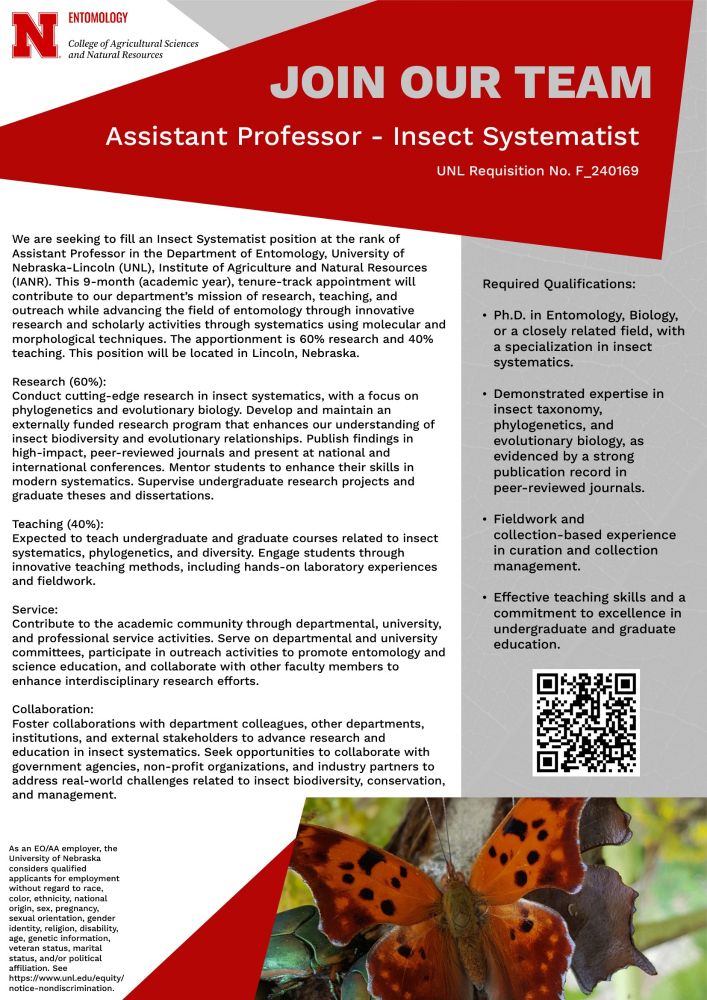
Dana Shaw
@shawlab.bsky.social
930 followers
410 following
28 posts
Associate Professor at WSU studying how and why ticks transmit disease 🦠🕷🩸🧬🧫
www.shawlab.org
Posts
Media
Videos
Starter Packs
Pinned
Dana Shaw
@shawlab.bsky.social
· Jun 17
Dana Shaw
@shawlab.bsky.social
· Sep 24
Dana Shaw
@shawlab.bsky.social
· Sep 24
You’ve heard of #Lymedisease, but have you ever seen the bacteria that causes it? 🦠 Borrelia burgdorferi, the spiral-shaped culprit transmitted by ticks, swims with a creepy wriggling motion and uses #chemotaxis to navigate. Both fascinating... and disgusting #Microsky 🧪 #IDsky @shawlab.bsky.social
Dana Shaw
@shawlab.bsky.social
· Sep 4
Dana Shaw
@shawlab.bsky.social
· Sep 4

Acquired tick resistance in Peromyscus leucopus alters Ixodes scapularis infection | Infection and Immunity
The incidence of tick-borne disease in the United States has been on the rise over
the last decade, with 50,865 cases reported in 2019 increasing to 73,384 cases in
2022 (1). However, passive surveill...
journals.asm.org
Dana Shaw
@shawlab.bsky.social
· Aug 21
Reposted by Dana Shaw
Reposted by Dana Shaw
Science Blog
@scienceblog.com
· Jun 30

The Tiny Thieves Inside Every Tick Bite
Every summer, millions of Americans venture into tall grass and wooded trails, unknowingly walking into microscopic crime scenes. Inside the ticks waiting in that vegetation, bacteria are pulling off one of nature's most elegant heists—turning their hosts' own cellular machinery into accomplices. New research reveals exactly how the microbes behind Lyme disease and anaplasmosis hijack tick biology to fuel their spread.
scienceblog.com
Dana Shaw
@shawlab.bsky.social
· Jun 17
Dana Shaw
@shawlab.bsky.social
· Mar 7
Wanted to highlight the incredible efforts by graduate student Siena Glenn in our lab in helping organize our local #standupforscience
www.youtube.com/watch?v=0dfY...
#MicroSky #Microbiology @shawlab.bsky.social
www.youtube.com/watch?v=0dfY...
#MicroSky #Microbiology @shawlab.bsky.social

'Stand Up for Science' Pullman- Local Scientists join national march against federal budget cuts
YouTube video by Emily Schmalz
www.youtube.com
Reposted by Dana Shaw
Dana Shaw
@shawlab.bsky.social
· Jan 10
Dana Shaw
@shawlab.bsky.social
· Jan 10












